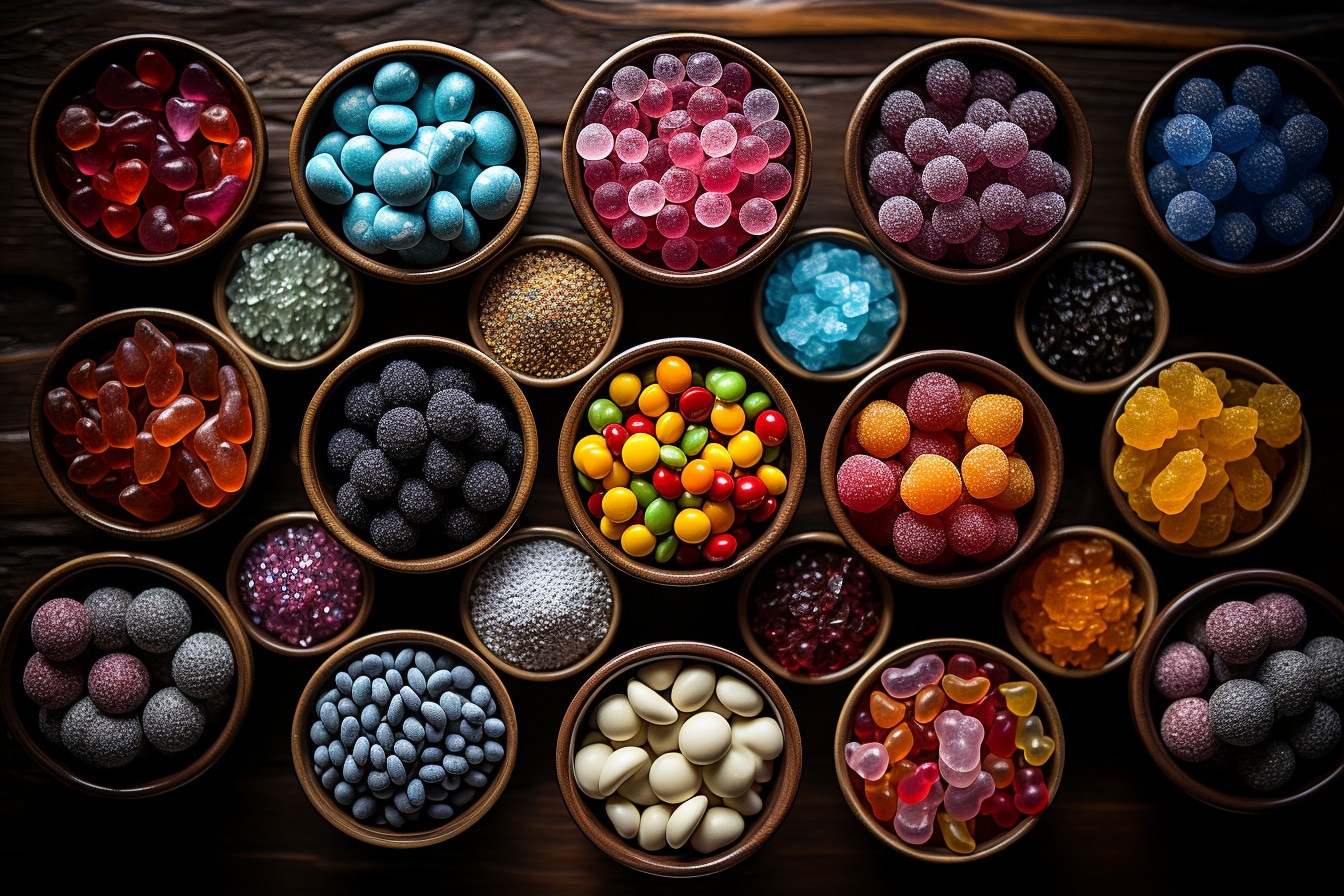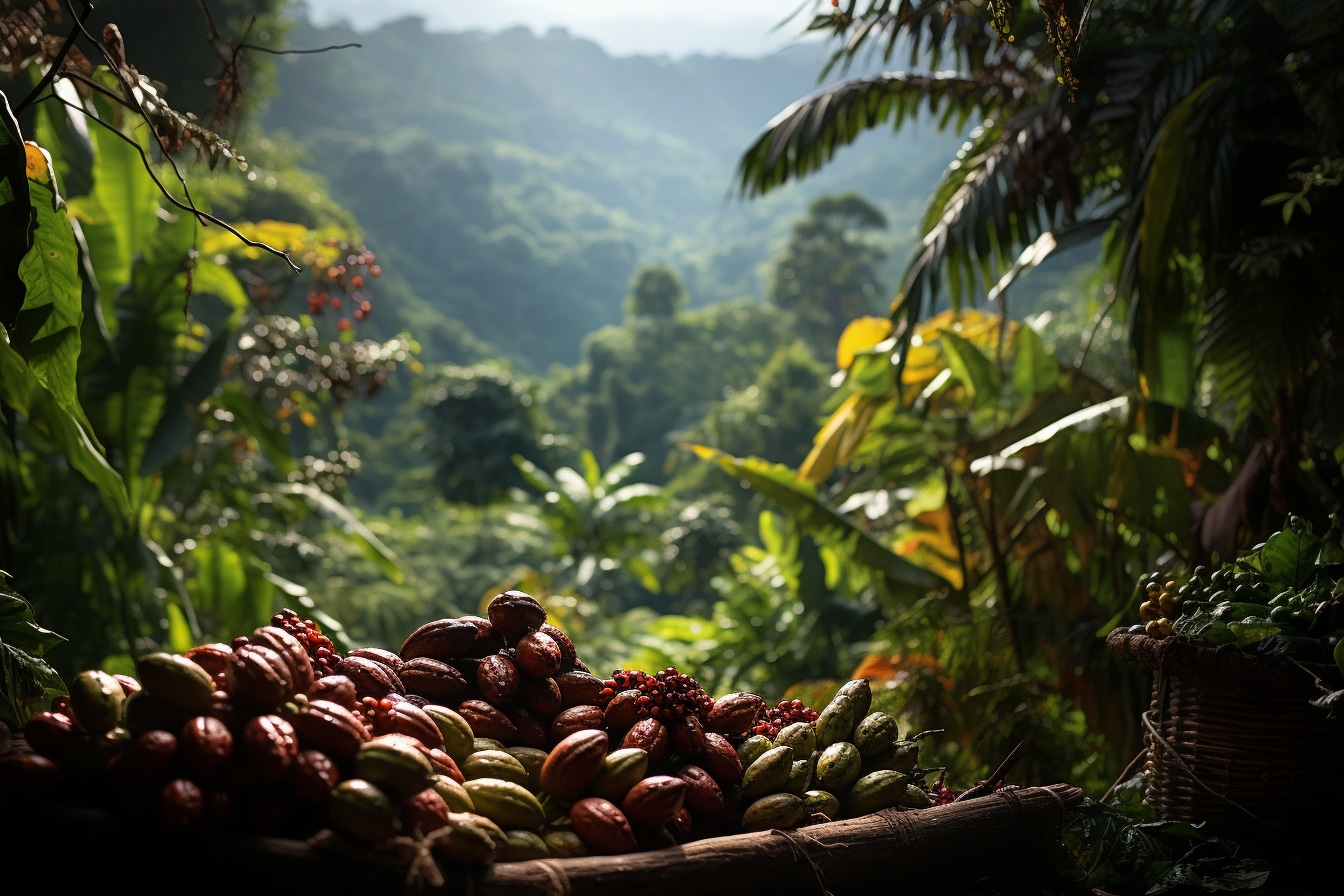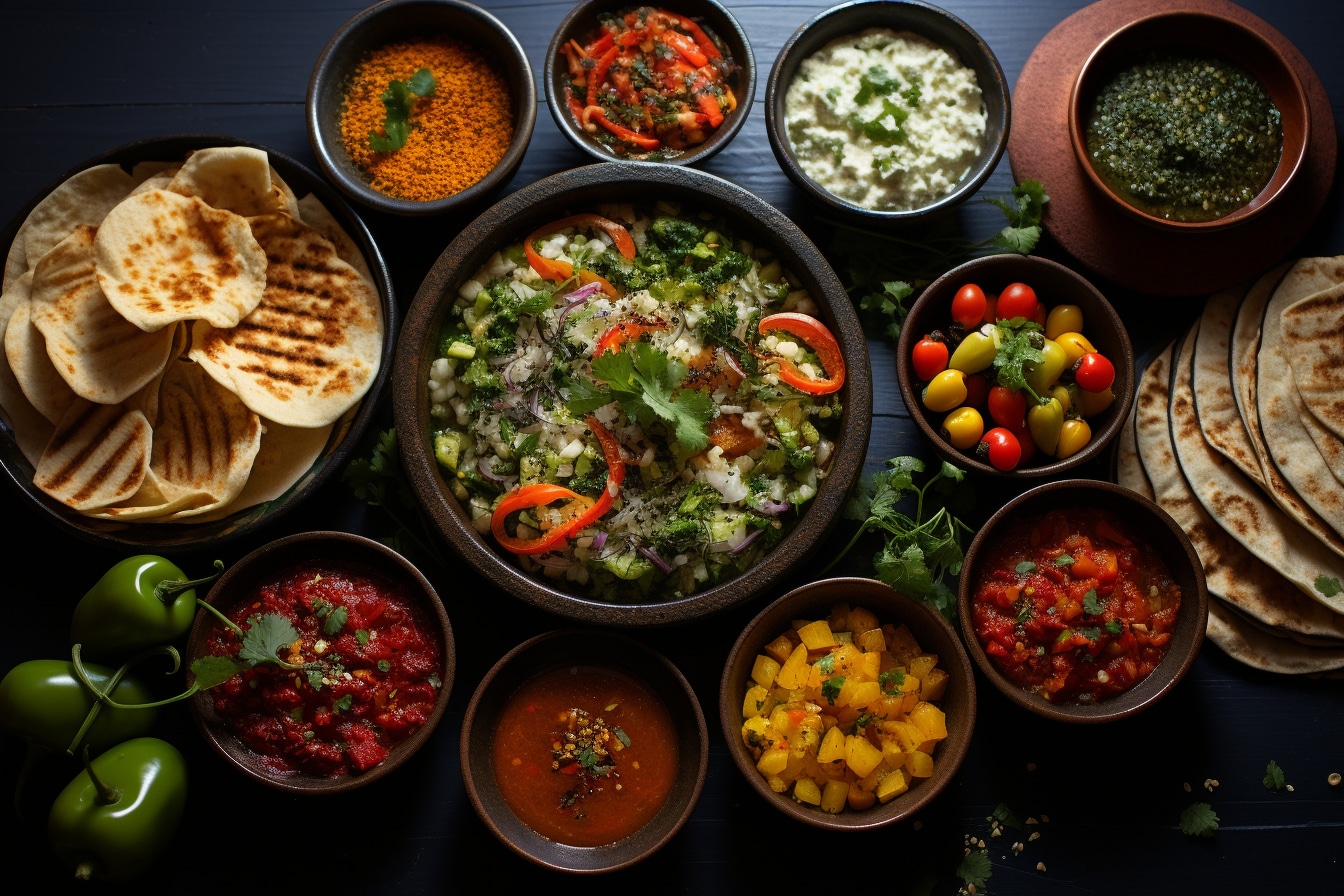Everyone has a love story with a certain sugar factory. Perhaps it is a childhood memory, a memory of grandmother, or simply a treat that you cannot forget. No matter what it is, candies and sweets have long been a universal delight. But where do these delicious treats come from? How have they evolved over time? And why do they continue to seduce us? Prepare for a time trip while we explore the fascinating story of candies and sweets.
The first signs of sweetness: the origin of sweets
long before ‘Arrival of refined sugar, our prehistoric ancestors already savor naturally sweet treats. They chewed wild honey directly hives and nibbled raw sugar rods for their sweetness.
candy through old civilizations
candy was first mentioned in the Ancient civilizations, like Egypt and Greece, where they were often used in religious rites. Honey, a sugar precursor, was widely used to create sweet treats, often combined with fruits, nuts or spices.
The sugar revolution: the emergence of modern candies
The real turning point in the history of candies and sweets came with the introduction of refined sugar. Imported for the first time in Europe in the 11th century, its use quickly increased, giving birth to a wide variety of sweets.
The role of sugar in candies
Sugar A enabled the creation of new forms and textures, opening the way to new creations ranging from gums to candies, including pastilles and confectionery. The candies have become a symbol of pleasure and delicacy, and quickly gained popularity.
candy: a cultural symbol
Over time, candy not only occupied A place in our taste buds, but also in our culture. They have become symbols of special events, celebration marks and signs of generosity.
candy in popular culture
from the songs to films, including books And works of art, candies have appeared in various aspects of popular culture, reflecting their universally appreciated status. Think of Willy Wonka’s fascination for sweets, or gingerbread houses in Hansel and Gretel. Modern examples like “Candy Crush” also illustrate the persistent influence of candies in popular culture.
science behind our love of sweets
Our attraction for sweets is not Not just a matter of taste, it also has a scientific base. Sugarness stimulates the release of dopamine, a hormone of happiness, and encourages us to want more.
The impact of candies on our brain
Eat candy triggers the pleasure center of our brain, releasing a neurotransmitter cascade that make us feel good. This explains why we tend to reach sweets when we feel depressed or stressed.
soften the future: candy trends and sweets
So that the future reserves us In terms of candies and sweets? Current trends suggest an evolution towards healthier options, with a decrease in sugar and an increase in natural ingredients.
healthier sweets
The demand for sugar -free, vegan and gluten -free candy continues to grow, as consumers become more aware of their health. It is clear that the future of candies and sweets is sweet, but in a healthier way.
a sweet note to conclude
of their old origins in their place in culture Contemporary, candies and sweets simply have the ability to make us happy. They allow us to connect to our memories, to celebrate the special occasions and to bring a touch of sweetness to our lives. While you enjoy your next treat, remember the rich and sweet story behind each bite.
and you, what is your favorite candy? What sweets has a special meaning for you? Share your sweet and sweet stories in the comments below.





